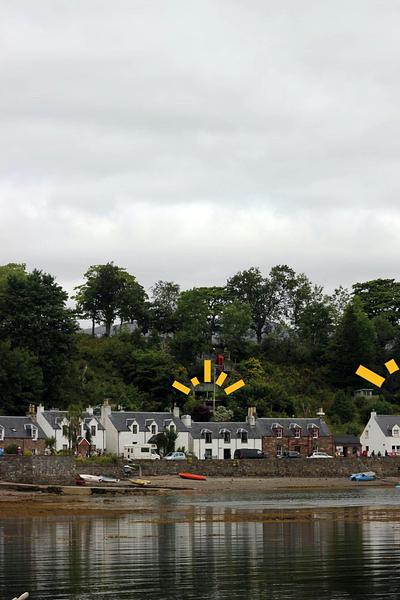
By Steve Smith, Senior Consultant, FarrPoint
The smart city concept is nothing new, and despite best efforts to give a definitive answer as to what this means, many cities across the globe have developed their own smart city strategies and projects. Unfortunately, the many potential benefits of becoming ‘smart’ seem largely to be locked away in tightly populated hubs, despite the significant opportunities this could bring to towns and other communities. Of course, this isn’t the first time this has happened; many things started in cities - electricity, gas, mobile networks to name but a few, but these things are now widespread, and nobody would accept them stopping at a city boundary.
The lack of a definitive guide to what ‘smart’ means has provided cities with the flexibility to find innovative solutions to their specific local challenges. There isn’t a one-size-fits-all solution and that’s a good thing, as every city, town and village is different with its own unique character and challenges. For some this might be to help deal with congestion or public transport; for others it could be in response to environmental issues such as flooding or pollution or a combination of use cases, although improving public services is often a common theme across many strategies.
Over the last 18-months, we’ve seen changes to how people work and spend their free time because of the global pandemic. And with many people now able to work more flexibly, some have taken the opportunity to relocate from cities to towns and rural areas, with the expectation that they will have access to the same level of digital infrastructure and services. Anyone who lives in a rural area, however, knows only too well that this isn’t the case.
Alongside this, the dramatic growth of staycations has led to unprecedented demands being placed on many towns and communities, who now have to deal with an increased volume of visitors and everything that brings. This, of course, provides these areas with a much-needed boost to their local economy, but it isn’t reflected within local council budgets to cope with the additional demand for services or when acting as custodian of the local environment.
Cities typically have big budgets, big sets of resources and more skilled staff, and to be able to apply the same smart developments to rural areas, increased skillset and additional resources might be needed. And that’s where specialists come into play.
Whilst many places have similar challenges such as traffic management, pollution, community safety and citizen health, every place has different needs and ambitions. By working collaboratively with stakeholders and mapping out key concerns from within the community, connectivity specialists can help identify the most appropriate solutions matched to the specific needs of each unique location and its local priorities to achieve the maximum benefit.
A great example of how this can work is to be found in the Western Isles, where FarrPoint together with Scottish Futures Trust and the Scottish Government, is delivering a community-led approach to connectivity. As part of our consultation, we identified three local priorities which are now being taken forward, namely: improving (this will open in a new window)monitoring of Peatland to aid restoration; better road traffic management to reduce speeding; and improving the preservation of documents of value to the community by ensuring they are stored correctly.
Key to this has been engaging with community organisations to get their buy-in, whilst being able to bring the IoT technology to life for the stakeholders through these tangible use cases. With the project still ongoing, the partnership demonstrates the power of technology to help address key issues to a small, close-knit island community and bring the benefits of creating Smart Places to even the most rural locations.
Find out more about this project
Could the Internet of Things prevent wildfires spreading?
Why getting the governance right is vital to Smart Places project success
Connectivity is important. It drives business and society, bringing communities and commerce together. That's why we use our insight and experience to connect people and business.